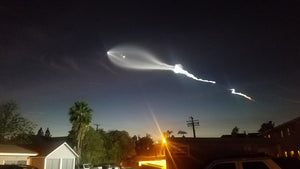March- Messier Madness and Jupiter's Ghost
M81 AND M82
A favorite among astrophotographers, these gravitationally locked galaxies can fit within the same telescopic field of view at around 40x. Located in the constellation Ursa Major, it's relatively east to find by following the Big Dipper. Some texture is visible on M82 with a small scope, while the spiral arms of M81 are visible with averted vision.
M44 BEEHIVE CLUSTER
M44 is one of the largest, brightest and nearest open star clusters. Visible to the unaided eye as a nebulous patch spread across 1° of sky, M44 outshines all the stars of Cancer by a full magnitude. Making Cancer the only constellation in which a deep-sky object is more conspicuous than the constellation itself.
This is one large cluster that may be best observed through binoculars rather than a telescope.10x50 binoculars will nicely enhance the cluster, with a multitude of stars becoming visible across about half the field of view. With a telescope, a low magnification of around 30x will show a large group of young blue-white stars with a few older stars tinted orange hiding among them.
NGC 3242 GHOST OF JUPITER
NGC 3242- First discovered by William Herschel in 1785, Ghost of Jupiter is a great nebula for any size telescope and one of the most observed non-Messier objects.
In a small telescope it appears as small oval disk that bears a close resemblance to Jupiter (hence the name). Like most bright planetary nebulae, the Ghost appears pale blue or green.







